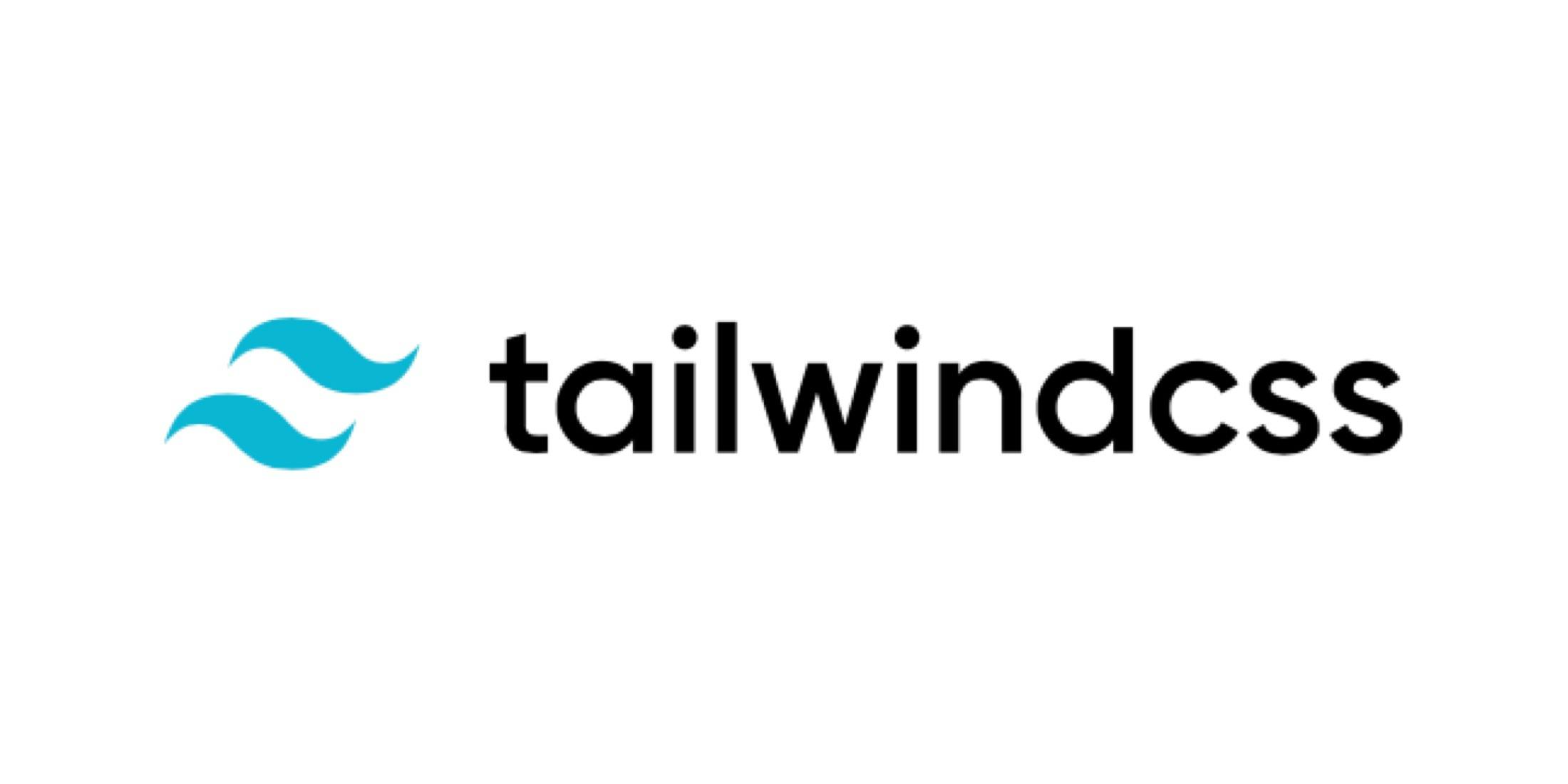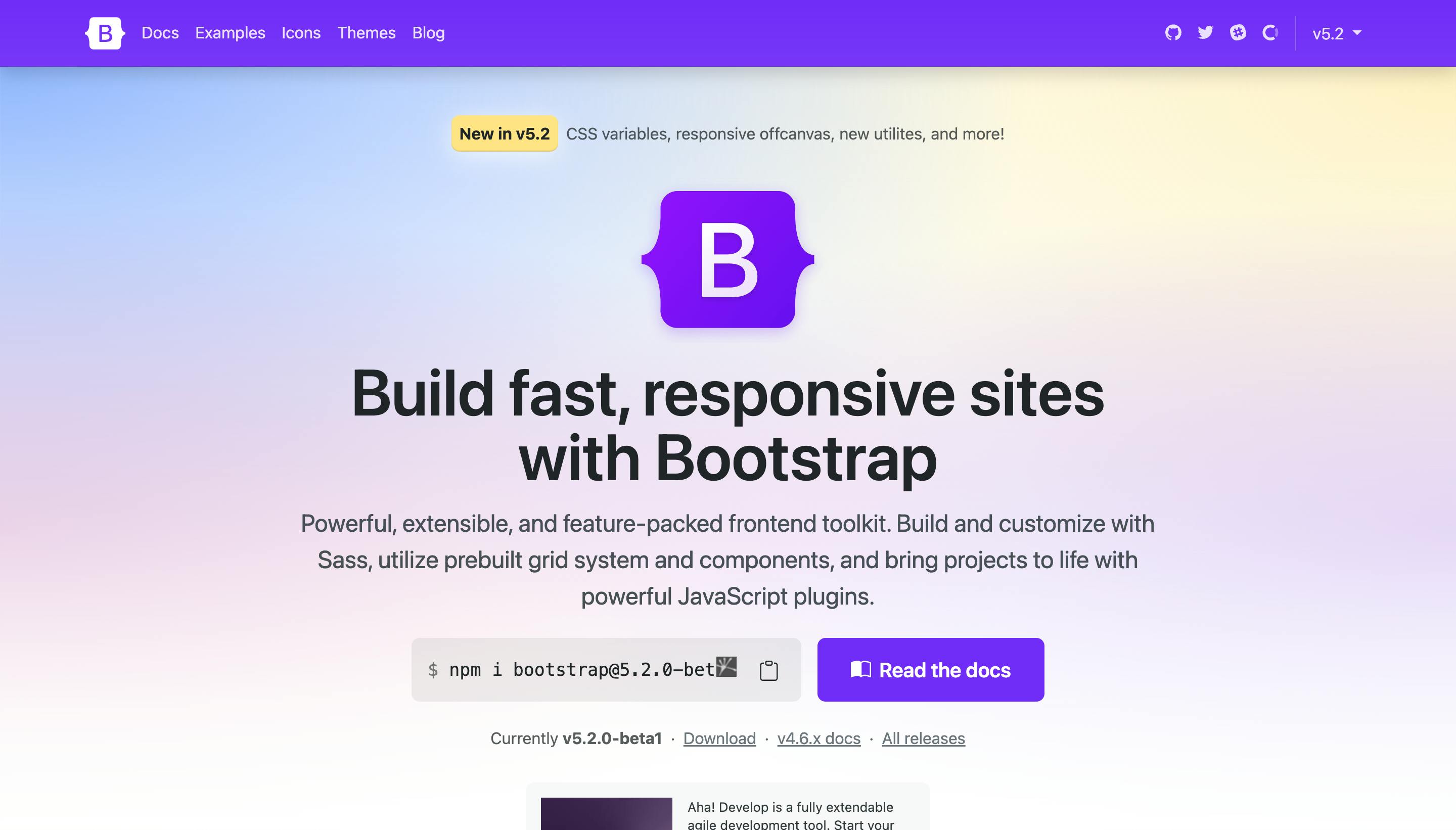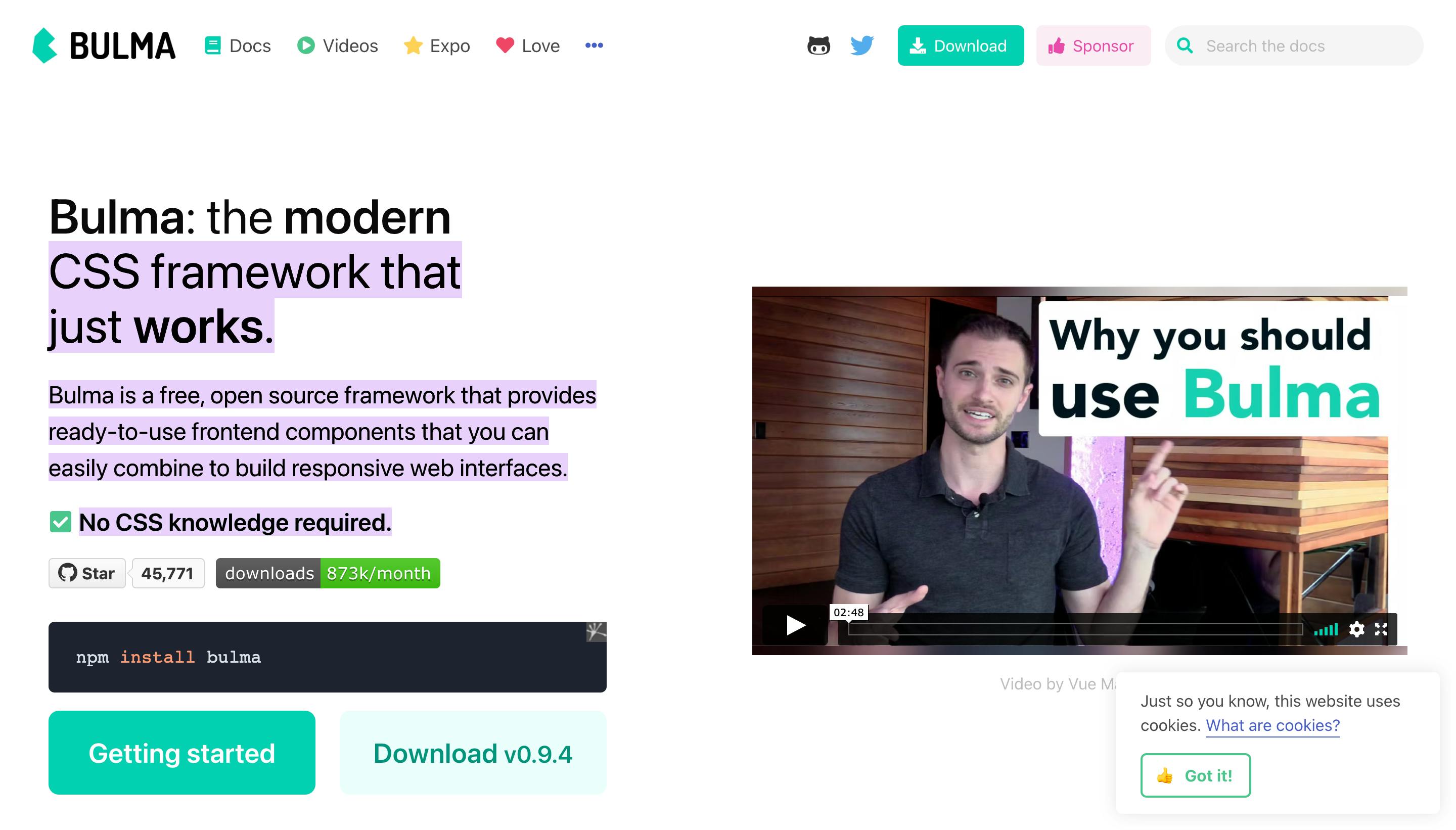Web developers' best CSS frameworks
Top CSS Frameworks to take into account for your websites!
Using CSS Frameworks is Too Good, but Using Pure CSS is Good. Frameworks made life so simple for us. A framework is a device that offers already-made components or solutions that have been tailored to hasten development. Frameworks increase coding productivity. We'll go through various CSS frameworks in this blog that will be very helpful to you as you go about your development process. So let's go to the first beautiful framework we have!
1.- Tailwind CSS
Tailwind CSS is great! CSS's Utility-first framework is called Tailwind. The one feature of Tailwind CSS that I appreciate is the ability to style HTML content without having to leave your Markup ( HTML ). You'll claim that it is likewise achievable using external and inline CSS. Right? However, you are not need to write the whole properties in Tailwind CSS.
An great feature of Tailwind is its CSS, which is jam-packed with awesome Classes like flex, pt-4, text-center, and rotate-90 that can be used to make any design right in your markup (HTML). You may create your website and add certain utility classes to your HTML tags. And sure, using Tailwind CSS makes it quite simple to create a website responsive. With Tailwind, contemporary websites can be created quickly.

2.- Bootstrap
An open-source CSS framework called Bootstrap may be used to create responsive front-end designs. Free HTML, CSS, and JavaScript-based web design templates for typography, forms, navigation, cards, and many more uses may be found in Bootstrap.
For web developers, Bootstrap is a powerful, adaptable, and feature-rich frontend toolkit. To utilize Bootstrap, just copy the component (such a navbar, form, etc.) and paste it into your markup after pasting the provided CSS and JS links from the Bootstrap official site. It is quite easy to use.

3.- Materialize UI A contemporary responsive front-end framework built on the principles of Material Design, Materialize UI was developed by Google. Material Design is a possible design language that combines innovation and technology with the fundamentals of effective style. Google wants to create a system of design that would provide a consistent user experience across all of its products on any platform.

4.- Bulma A free and open-source CSS framework called Bulma offers ready-to-use frontend elements that you can easily combine to make adaptable web interfaces. It is a flexbox-based framework.


